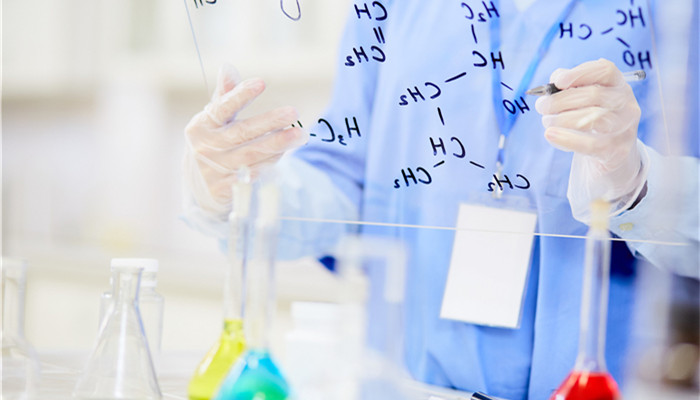
The market demand for fatty alcohols continues to grow, and my country is highly dependent on imports.
Fatty alcohols, also known as high-carbon primary alcohols, refer to alcohols formed by connecting hydroxyl groups to saturated aliphatic hydrocarbon groups. They are important chemical raw materials. There are many types of fatty alcohols, including 1-octanol, n-decanol, n-nonanol, cetyl alcohol, n-heptanol, etc. Fatty alcohol preparation methods include Ziegler method, saponification method, high-pressure hydrogenation method, oxo synthesis method, sodium reduction method, etc.
According to the “2022-2026 China Fatty Alcohol Industry Market In-depth Research and Development Prospects Forecast Report released by the Industrial Research Center, fat The alcohol raw materials are palm kernel oil and coconut oil. Limited by natural conditions, most of my country’s fatty alcohol raw materials are imported from overseas. my country is the third largest importer of palm kernel oil in the world. In recent years, the export policies of Indonesia, Malaysia and other origins have repeatedly changed, resulting in frequent fluctuations in the price of palm kernel oil, and my country’s import volume has gradually declined. Against this background, my country’s fatty alcohol production has shown a slow growth trend. According to statistics from the China Daily Chemical Industry Information Center, my country’s fatty alcohol production will reach 429,000 tons in 2021, a year-on-year increase of 1.7%.
Fatty alcohols are the basic raw materials of surfactants, accounting for nearly 80.0% of their production costs. Affected by the COVID-19 epidemic, consumer demand for cleaning products has increased significantly, driving the rapid development of the surfactant industry. According to statistics from the China Daily Chemical Industry Information Center, my country’s surfactant output reached 3.885 million tons in 2021, a year-on-year increase of 5.0%. Driven by the increase in demand for surfactants, my country’s demand for fatty alcohols continues to grow and has exceeded 800,000 tons in 2021.
From the perspective of the import and export market, due to factors such as tight supply of raw materials, my country’s fatty alcohol production cannot meet market demand, and the country’s dependence on imports is high. According to statistics from the General Administration of Customs of China, my country’s fatty alcohol imports from January to May 2021 reached 185,000 tons, a year-on-year increase of 32.7%, and the import value reached US$320 million, a year-on-year increase of 88.5%. Malaysia, South Africa, Thailand and Indonesia are the main importers of fatty alcohols in my country, and the above four countries account for nearly 92.0% of the total import volume.
my country’s fatty alcohol industry has a high degree of concentration, with production companies concentrated in Jiangsu and Zhejiang. Zhejiang Jiahua Energy Chemical, Deyuan Hi-Tech, Jiangsu Shengtai Chemical, and Zhejiang Hengxiang Chemical are the main suppliers of fatty alcohols in my country. In 2021, the fatty alcohol output of three companies, Jiahua Energy, Deyuan Hi-Tech and Jiangsu Shengtai Chemical, accounted for nearly 70.0% of the country’s total output. According to the annual report of Jiahua Energy Enterprise, the company’s fatty alcohol products achieved revenue of 2.95 billion yuan in 2021, an increase of 45.7% compared with the same period last year.
Industry analysts said that fatty alcohols are widely used in daily chemicals, metallurgy, leather, medicine and health, food processing and other fields. As market demand is gradually released, the future development prospects of the industry will be broader. Affected by the international situation, my country’s import of natural oils such as palm kernel oil has been blocked, resulting in an inability to meet market demand and high import dependence. This is a major problem facing the development of the industry.

 微信扫一扫打赏
微信扫一扫打赏

